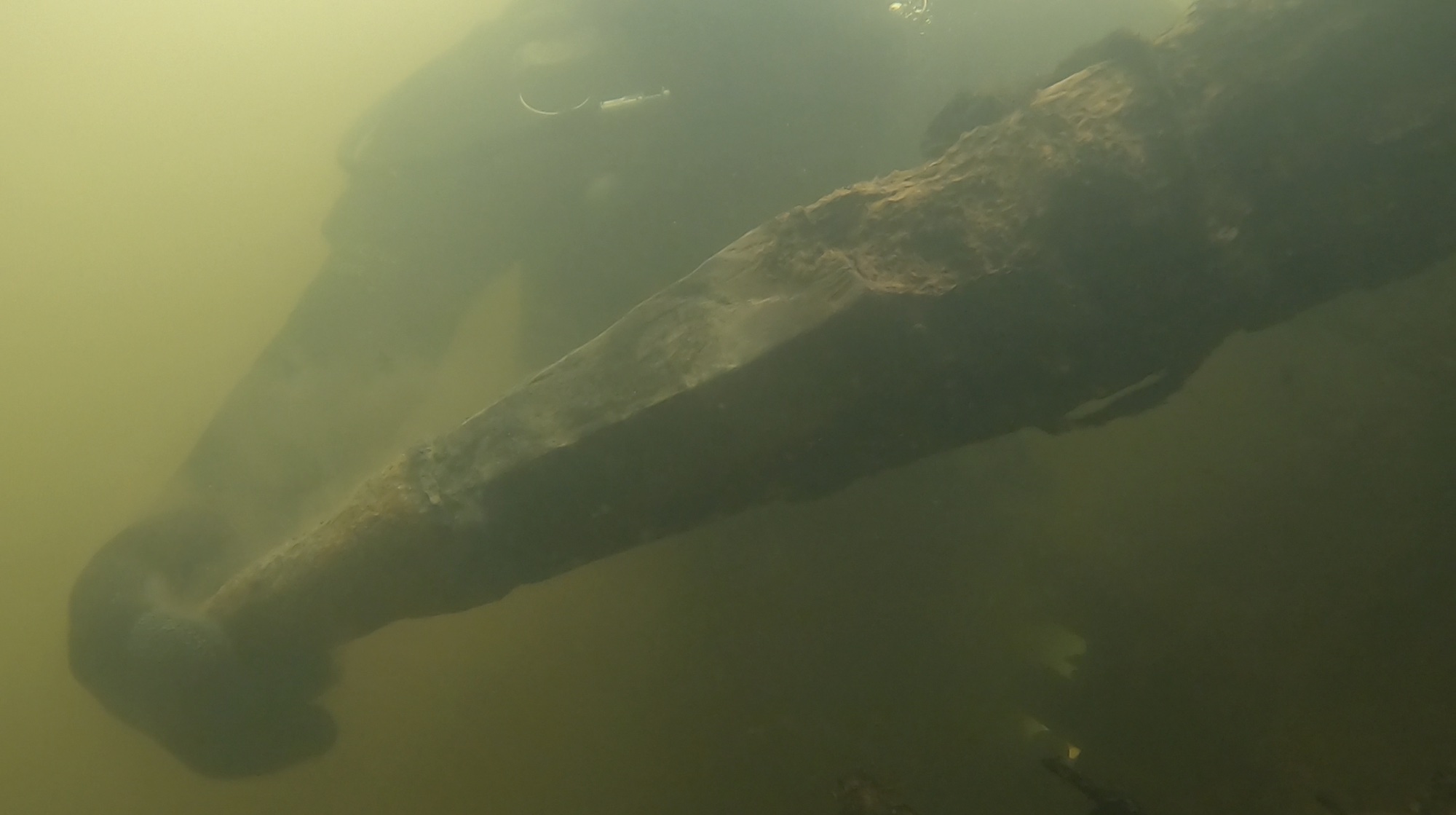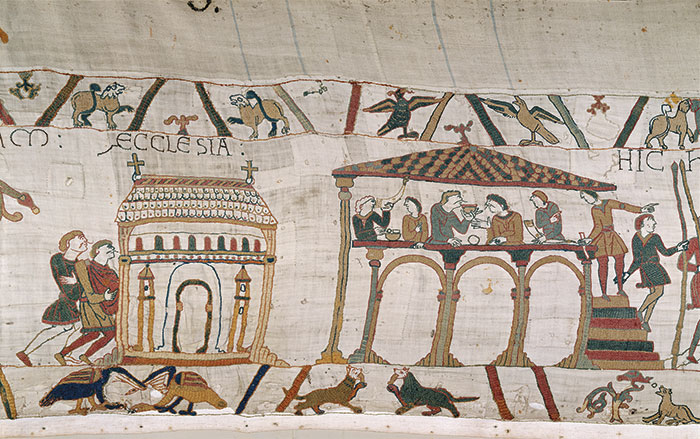
SHINCLIFFE, ENGLAND—In 1983, archaeological divers located the wooden framework of a structure at the bottom of the River Wear in Shincliffe, just outside of Durham. The underwater team had been investigating that part of the river due to the proximity of an old Roman road, so researchers presumed that the submerged timbers may have once been part of a Roman bridge that crossed the river. Another theory was that they were associated with a late medieval stone bridge built by the fourteenth-century Bishop of Durham, Walter Skirlaw. The Northern Echo reports that after more than 40 years, the puzzle has finally been solved. Although archaeologists were not able to successfully use dendrochronology to date the immersed elm logs, they were able to obtain samples for radiocarbon dating. The results revealed that the structure was actually built in the nineteenth century as part of a project to replace Bishop Skirlaw’s bridge, a task spearheaded by the famous architect Ignatius Bonomi. The timbers were likely part of a temporary wooden crossing erected around 1824, while the more permanent stone bridge was being constructed nearby. Traces of the earlier late medieval bridge were identified as well. “The whole experience was memorable, even more so, as I discovered several large, worked stone blocks that are almost certainly associated with Walter Skirlaw’s late-medieval bridge which is of course now lost to history,” said underwater archaeologist Gary Bankhead. To read about Roman artifacts previously recovered from the River Wear, go to "Anchors Aweigh."












